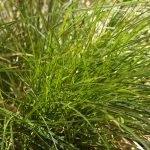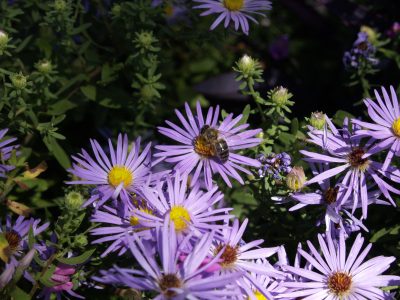Why do plants next to each other perform differently?
I planted a row of Southern wax myrtles along a fence. Only two of the four are still alive. Even though I watered them exactly the same throughout the long, intense summer, the last one in the row burned to a crisp. And then the next one up the row did the same thing. No matter how much I watered those last 2 plants, they simply did not grow as well as the others, and eventually they died.
In this situation, the angle of the sun is the issue. By about 5 p.m. in mid-summer, the first plant in the row was out of direct sunlight. But the last one in the row was in a direct hit of the full late afternoon and evening sun untilalmost 9 p.m. These newly planted, small shrubs just couldn’t take all that intense sun and simply burned to a crisp, almost in front of my eyes.
So if you have a situation where you have multiple of the same plants performing differently in your landscape, the first thing you want to pay attention to is the environment. Look at:
- The angle of the sun at different times of day, and length of sunlight
- Soil drainage
- Proximity to your house
- Proximity to the street
All of these slight changes in a plant’s surroundings can contribute to big differences in plant health.

 Leah Leveridge
Leah Leveridge Patrick Kirwin
Patrick Kirwin Patrick Kirwin’s Plant List
Patrick Kirwin’s Plant List Daphne Richards
Daphne Richards
 Merredith Jiles’ Watering Techniques
Merredith Jiles’ Watering Techniques Merrideth Jiles
Merrideth Jiles